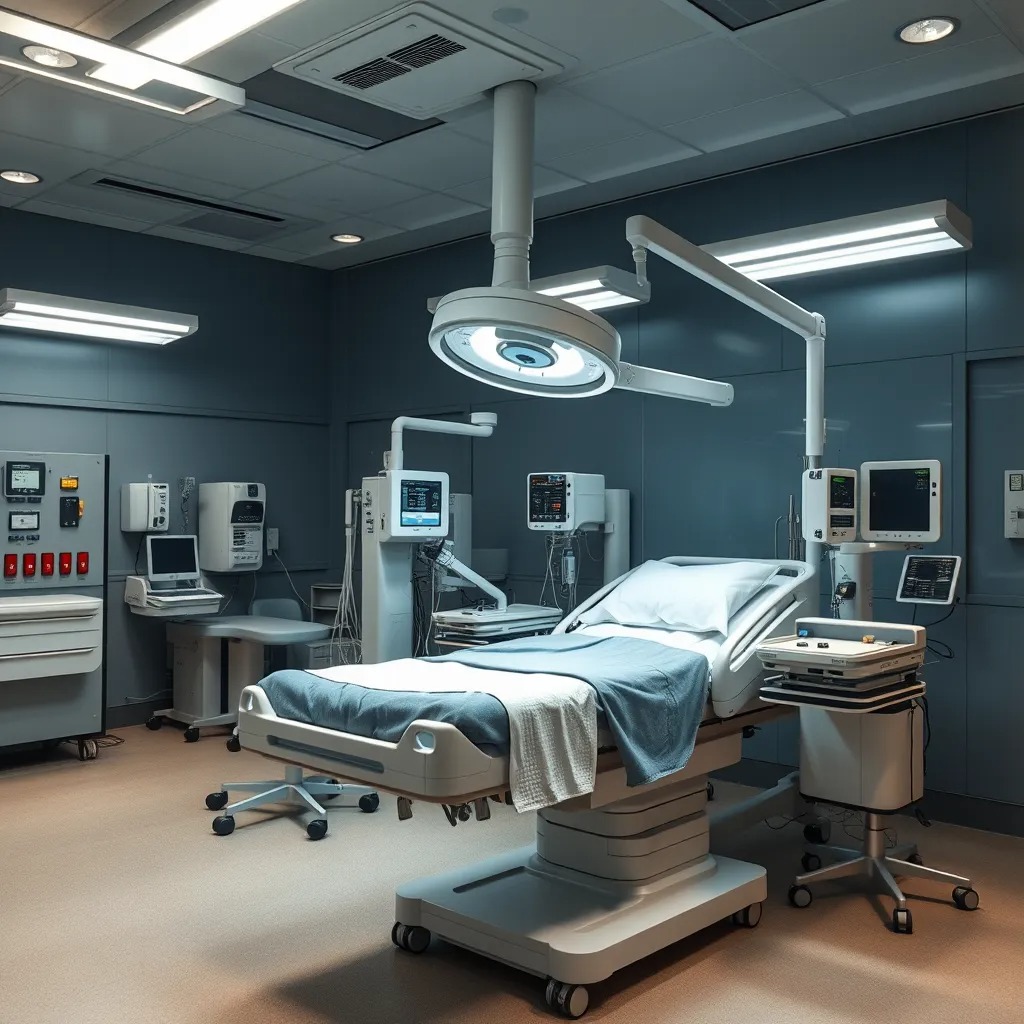The manufacturing of medical equipment has seen monumental changes over the past century, influencing healthcare globally. From early, rudimentary tools to modern, AI-powered diagnostics, the evolution of this field impacts patient outcomes, accessibility, and healthcare costs. This article delves into the history, current trends, and the potential future of medical equipment manufacturing, providing insights for healthcare professionals and enthusiasts alike.
1. Historical Overview of Medical Equipment Manufacturing
A. From Ancient Healing to the Modern Medical Renaissance
The story of medical equipment is one of innovation responding to human need, as seen in the timeline below:
| Era | Significant Development | Impact |
|---|---|---|
| Ancient Egypt & Rome | Prosthetics and basic surgical tools | Early forms of surgery and mobility aid for amputees(HealthDor) |
| 19th Century | Stethoscope and X-ray discovery | Opened diagnostic possibilities and revolutionized treatment(FDA) |
| Mid-20th Century | Iron lung, hypodermic needles | Pivotal in treating respiratory diseases and administering medicine(UCLA Medical School) |
The mid-20th century saw advancements in life-saving equipment, such as ventilators and defibrillators, that continue to be vital in intensive care today.
B. The Rise of Regulations
With the 1976 Medical Device Amendments, the FDA began classifying devices based on their risk, ushering in a new era of patient safety and manufacturing standards. This system enabled more structured paths for innovation, such as pre-market approval (PMA) and 510(k) pathways for new devices(FDA).
2. Technological Advances and Their Impact
A. Miniaturization and Portability
The shift toward smaller, portable devices has made it easier for patients to access healthcare remotely. For instance, portable glucose monitors allow diabetic patients to manage their condition without frequent hospital visits.
B. Integration of AI and Robotics in Surgery
The last decade saw a surge in robotic-assisted surgeries, with systems like the Da Vinci robot increasing precision and reducing recovery times. Statistical Impact: According to a study by UCLA, robotic surgeries show a 30% reduction in complications compared to traditional methods(UCLA Medical School).
C. Wearable Health Tech: The Rise of Telemedicine
Wearable health devices like ECG monitors and smartwatches provide real-time health data, which is crucial for chronic disease management. This shift is part of a broader trend in telemedicine, which expanded significantly during the COVID-19 pandemic and continues to enhance accessibility for patients in remote areas.

3. Current Challenges in Manufacturing Medical Equipment
A. High Costs and Inequality in Access
Manufacturing advanced equipment often requires costly research and materials, making some devices inaccessible in low- and middle-income countries. For example, while MRI machines are common in North America, their availability remains sparse in rural and underserved regions(FDA).
B. Cybersecurity Concerns
With the integration of internet-connected devices, cybersecurity in healthcare has become paramount. Medical devices that rely on software are vulnerable to breaches, leading to risks for both patients and manufacturers. Case in Point: A 2020 study found that 53% of connected medical devices had critical cybersecurity vulnerabilities(Yale School of Medicine).
4. The Future of Medical Equipment Manufacturing
A. Personalized and Precision Medicine
Personalized medical devices tailored to an individual's genetic profile could become the norm, particularly in fields like oncology and cardiology. For example, genomic sequencing technologies enable the design of treatments that target the molecular structure of a patient's specific cancer.
B. Sustainable and Eco-friendly Manufacturing
Future manufacturing practices are increasingly focusing on sustainability. The medical industry is adopting methods to reduce plastic waste and enhance the recyclability of materials used in devices, aligning with global goals for a greener healthcare system.
C. Next-generation Diagnostic Tools
Real-time diagnostic tools are on the rise, capable of detecting diseases at early stages through simple blood tests or non-invasive imaging techniques. Such advancements not only reduce patient discomfort but also enable earlier intervention, which can significantly improve survival rates.
→Click here for the latest virtual Anatomage Table
| Trend | Description | Future Implications |
|---|---|---|
| Precision Medicine | Devices tailored to genetic profiles | Higher treatment efficacy and personalized healthcare |
| Sustainable Practices | Eco-friendly production techniques | Reduced environmental impact and operational costs |
| Real-time Diagnostics | Non-invasive and instant testing | Faster, less invasive disease detection |
Conclusion
The evolution of medical equipment manufacturing from early prosthetics to AI-driven diagnostics has radically transformed healthcare. While current challenges, such as high costs and cybersecurity risks, pose obstacles, the future holds promise with innovations like precision medicine and sustainable manufacturing practices. Embracing these advancements, along with policy support for equitable access, is crucial to maximizing the positive impact of medical devices on global healthcare.